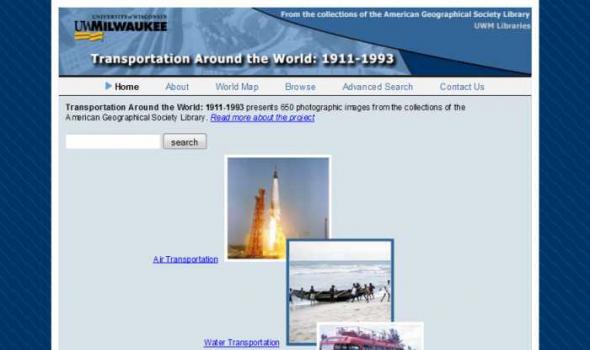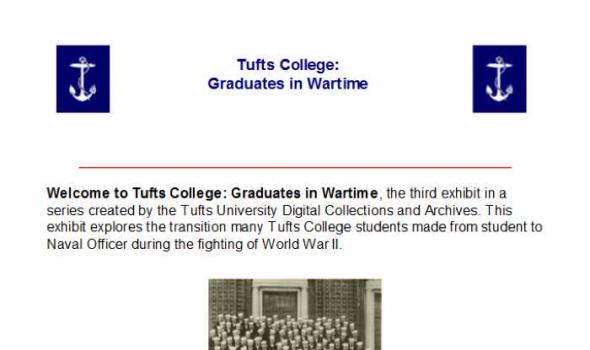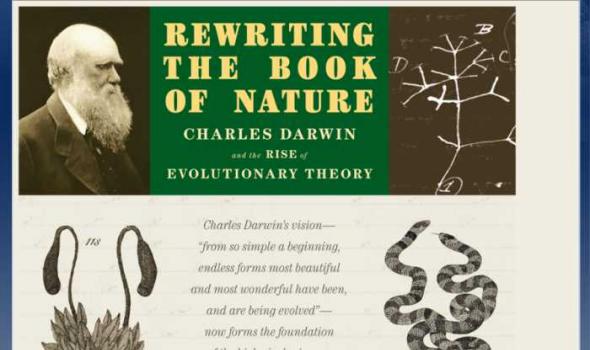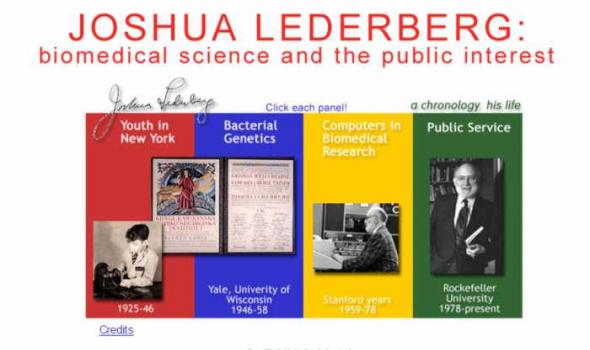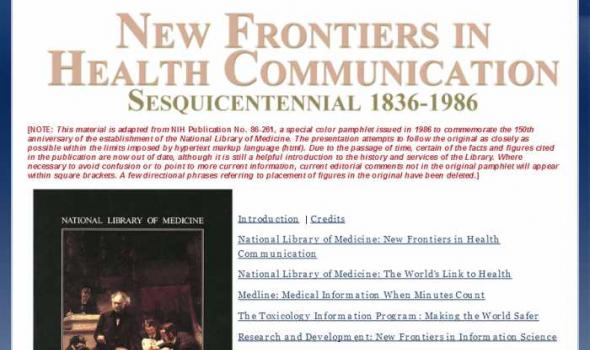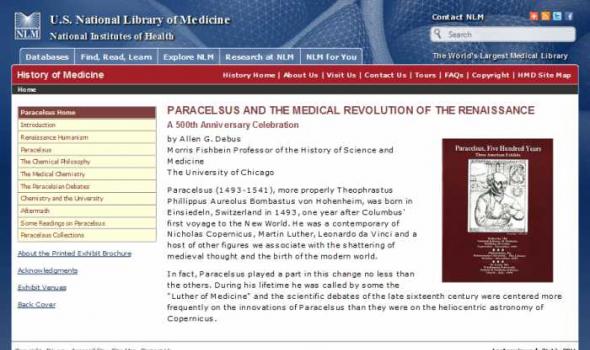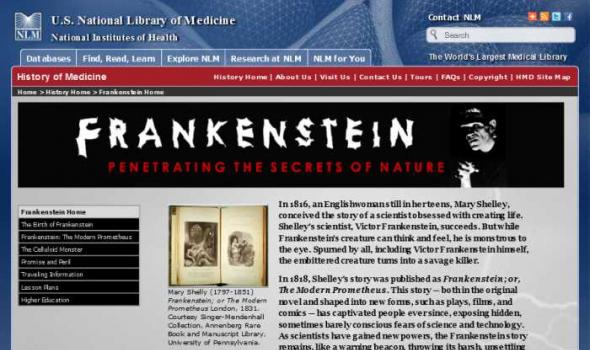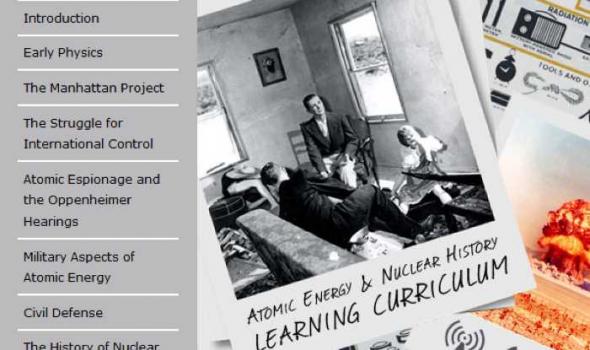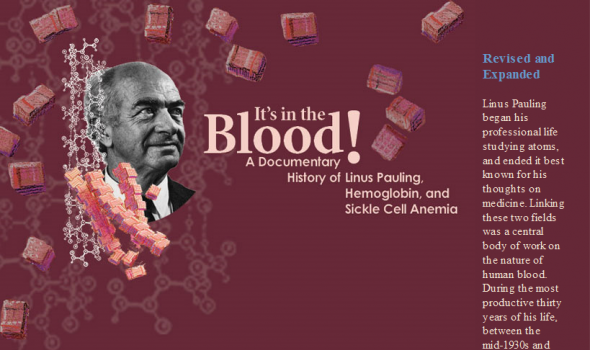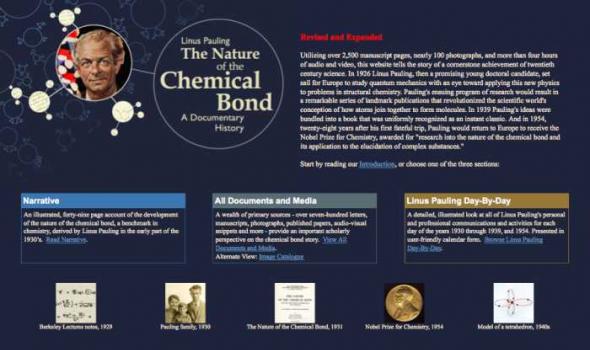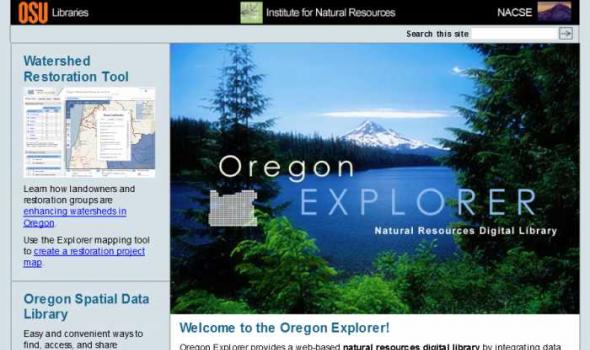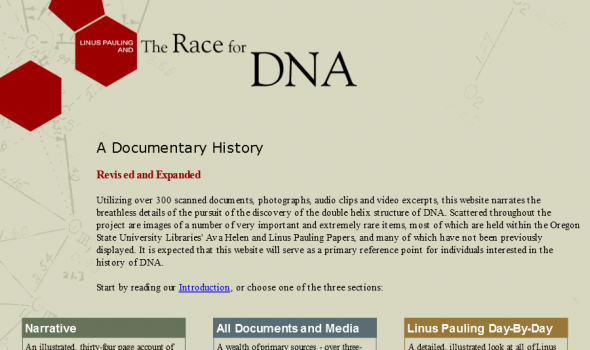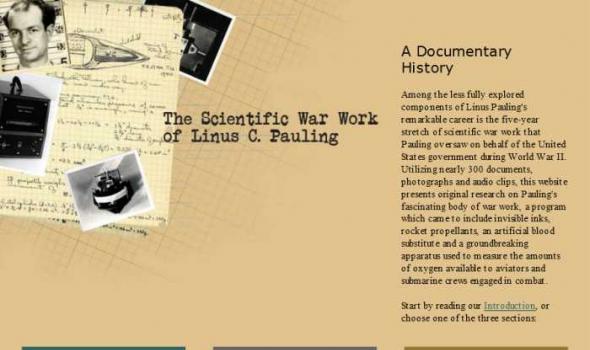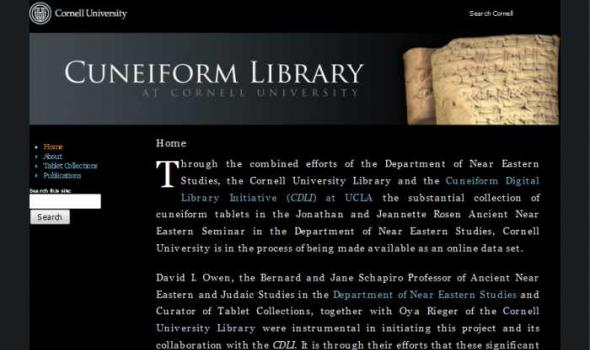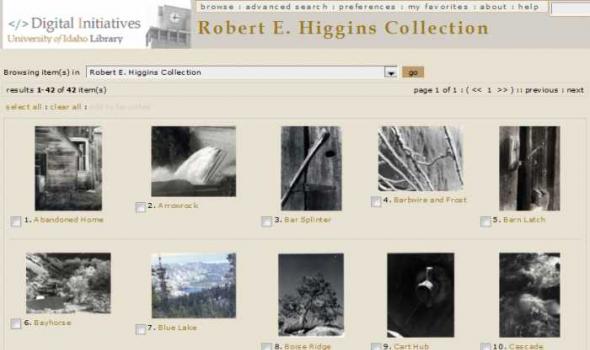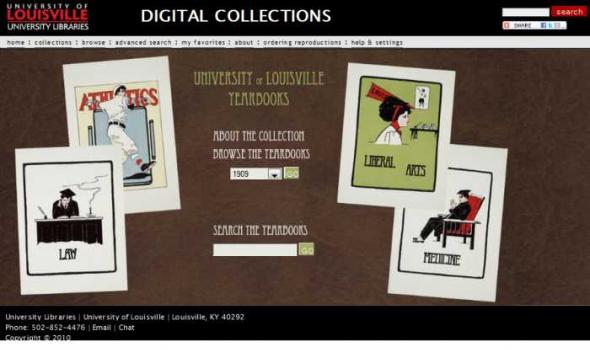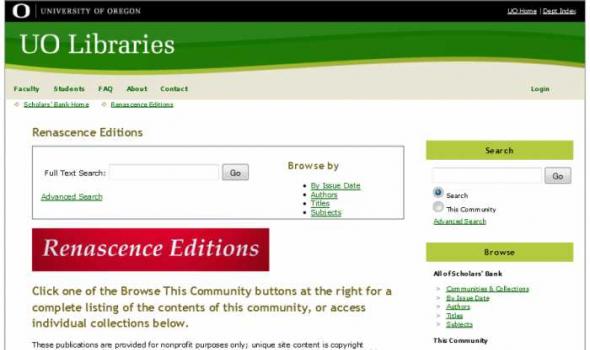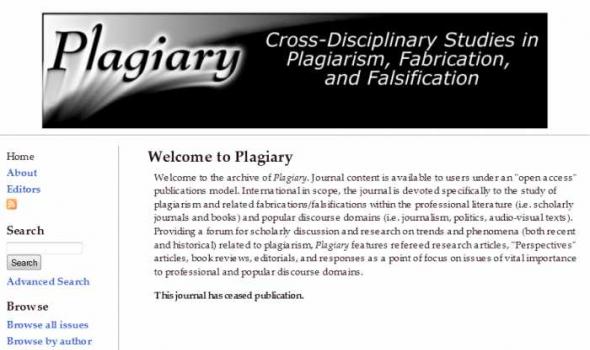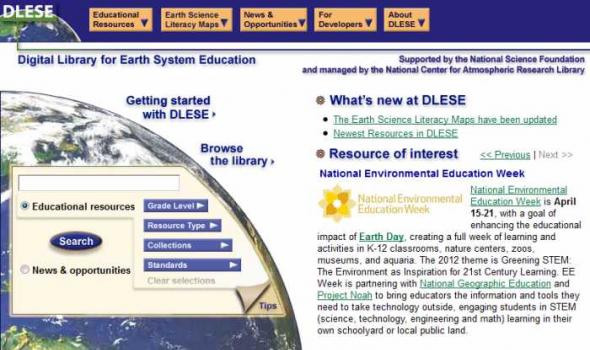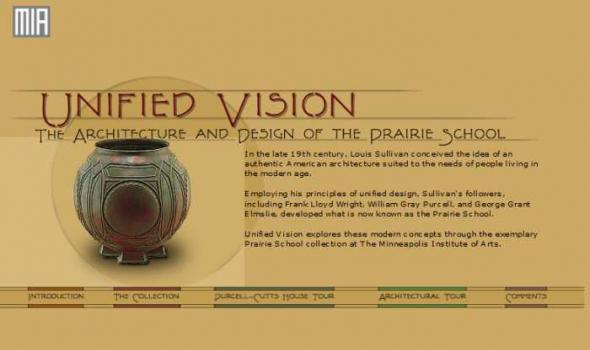Science & Technology
About the Collection This digital collection presents over 90 photographs taken by Harrison Forman at the outbreak of World War II in Poland. The photographic collection is supplemented by a selection of newspaper clippings and an article "Filming the Blitzkrieg," published by Forman in Travel magazine in December 1939. The photographs, documenting the Nazi invasion of Poland in September of 1939, were recently discovered in the American Geographical Society Library at the UWM Libraries. The images are part of the extensive Harrison Forman Collection that was donated to the American Geographical Society Library in 1987. Harrison Forman (1904-1978), a Wisconsin native, was an adventurous journalist, photographer, and explorer.
About the Collection Content and Scope Whether it's by bullet train in Tokyo or dogsled in arctic Canada, people of the world have always had a need to get from "point A" to "point B". The photographs in Transportation Around the World : 1911-1993 present a wide variety of transportation methods used in 79 countries across the globe. The 650 images contained in this digital collection were selected from three separate photographic collections: the Harrison Forman Collection , Harold Mayer Collection , and American Geographical Society Library Print Collection .
The items in this digital collection were selected from The George Hardie Aviation and Aerospace History Collection held in UWM Libraries' Special Collections. This digital collection consists of ten items, including selected pages from early aviation books, manuals, and catalogs, as well as a number of complete monographs. The items selected for digitization were chosen for their uniqueness and potential usefulness to aviation history researchers. We hope that casual browsers will also enjoy the materials found here. The George Hardie Aviation and Aerospace History Collection in Special Collections at UWM's Golda Meir Library documents the development of modern aviation and aircraft through primary printed sources published from the 1890s to the mid-1960s.
A project of the Anne S. K. Brown Military Collection Box A, Brown University Library Providence, RI 02912 Tel.: (401) 863-2414 Fax: (401) 863-2093 ASKB@Brown.edu Developed & hosted by Center for Digital Initiatives Box A, Brown University Library Providence, RI 02912 cdi@brown.edu About the Anne S. K. Brown Collection This ambitious multi-year endeavor will digitize the 15,000 individual prints, drawings, and watercolors from The Anne S. K. Brown Military Collection. The artwork vividly documents all aspects of military and naval history, with emphasis on the history and illustration of world military and naval uniforms from the 17th century to the present.
Sheet Music Collection John Hay Library Box A Brown University Providence, RI 02912 Rosemary Cullen Developed & hosted by Center for Digital Initiatives Box A Brown University Library Providence, RI 02912 cdi@brown.edu About This Collection The World War I digital sheet music collection is drawn from the Sheet Music Collection at the John Hay Library. It is composed of over 1,800 titles that relate in some way to the events of World War I, and the impact of that war on American society. There are patriotic songs, songs relating to specific military units, romantic songs of love and loss, comic songs, and songs that look to the war’s end. Cover art on the songs is particularly striking.
Tufts College: A Wartime Campus, 1943-1946 Welcome to Tufts College: A Wartime Campus , the second exhibit in a series created by the Tufts University Digital Collections and Archives. This exhibit explores the experience of students attending Tufts College during World War II. Raising of Colors This online exhibit was created in conjunction with an exhibit on display in the Tisch Library from April until September 2001. Both exhibits were designed by Amanda Yost, G2001. The entire series of exhibits has been funded by a committee of alumni and veterans of the U.S. Navy programs that were on Tufts' campus from 1941-1972.
Tufts College: Graduates in Wartime Welcome to Tufts College: Graduates in Wartime , the third exhibit in a series created by the Tufts University Digital Collections and Archives. This exhibit explores the transition many Tufts College students made from student to Naval Officer during the fighting of World War II. This online exhibit was created in conjunction with an exhibit on display in the Tisch Library from January until September 2002. The physical exhibit was designed and mounted by Tatiana Sizonenko, and the web exhibit was created by Patricia Hughes G2000. The entire series of exhibits has been funded by a committee of alumni and veterans of the U.S.
This web exhibit is an electronic version of an exhibit mounted in the Tisch Library located on Tufts University's Medford Campus. The exhibit will run from October, 2000 through March, 2001. Funding for the exhibits is provided by Tufts alumni who were part of the United States Navy Officer Training Programs on the Medford Campus from 1941-1972. The exhibit was designed and mounted by Patricia Hughes, G2000. Material used in this exhibit is now housed in the Digital Collections and Archives.
History of Medicine Many histories have been written about medical care during the American Civil War, but the participation and contributions of African Americans as nurses, surgeons and hospital workers have often been overlooked. Binding Wounds, Pushing Boundaries: African Americans in Civil War Medicine looks at the men and women who served as surgeons and nurses and how their work as medical providers challenged the prescribed notions of race and gender. Explore the exhibition online , use the educational resources in the classroom or find out if the traveling exhibition is coming to a local library near you. Find Resources Explore the Exhibition See it Near You 04 October 2010
The perspectives of surgeons, physicians, and nurses are richly documented in the history of Civil War medicine, which highlights the heroism and brutality of battlefield operations and the challenges of caring for the wounded during wartime. Yet the experiences of injured soldiers during the conflict and in the years afterwards are less well-known. Life and Limb: The Toll of the Civil War focuses on disabled veterans and their role as symbols of the fractured nation.
History of Medicine Rewriting the Book of Nature Charles Darwin and Evolutionary Theory Charles Darwin’s vision—“from so simple a beginning, endless forms most beautiful and most wonderful have been, and are being evolved”—now forms the foundation of the biological sciences. Radical in sweep, Darwin’s idea of naturally innovating and endlessly changing webs of life undercut all previous sciences. Darwin was instantly seen as a potent sign of a new science, a new way of conceiving the world. His theory was an immediate threat not just to those who were wedded to an older conception, but to all who relied on a given and settled order for meaning and for power.
History of Medicine Home > From 'Monsters' to Modern Medical Miracles Home > Embryology and Classification of Conjoined Twins Embryology of Conjoined Twins Identical twins develop when a single fertilized egg, also known as a monozygote, splits during the first two weeks of conception. Conjoined twins form when this split occurs after the first two weeks of conception. The monozygote does not fully separate and eventually develops into a conjoined fetus that shares one placenta, one amniotic sac, and one chorionic sac. Because the twins develop from a single egg, they will also be the same sex. The extent of separation and the stage at which it occurs determine the type of conjoined twin, i.e., where and how the twins will be joined.
History of Medicine Introduction The horse has been one of the most important animals throughout human history, and healing horses has had an important place in veterinary and medical literature. Theories about equine physiology and health often mirrored theories about humans, and the literature of both was inherently linked. Bloodletting, astrology, and ancient texts were used by both physicians and veterinarians to heal their patients, and many discoveries, including the circulation of the blood, developed in tandem. The Hippiatrica: Ancient Texts Medieval and Renaissance veterinary medicine looked to ancient veterinary texts for its inspiration, just as physicians for human healing did.
History of Medicine Canine Heroes and Medals During the Second World War, medical researchers and antivivisectionists drafted animals, primarily dogs, as partisans in the struggle over animal experimentation. With the rise of Cold War, pervasive anticommunism and fears of atomic annihilation moved animals and animal experimentation to center stage, mediating fierce conflicts over medical research and international politics. 22 May 2009
The Donald S. Fredrickson Papers Donald Fredrickson (1924-2002) was an American physiologist and biomedical research leader who made significant contributions to medicine over the course of four decades. Fredrickson's system of classification of abnormalities in fat transport was adopted by the World Health Organization as an international standard for identifying increased risks of coronary artery disease linked to the consumption of fats and cholesterol. He also discovered two genetic diseases caused by disorders in lipid metabolism.
The History of Medicine Division of the National Library of Medicine has a rich collection of illustrated anatomical atlases dating from the 15th to the 20th century. The Historical Anatomies on the Web Project has been designed to broaden access to this collection by providing high-resolution downloadable scans of selected important images from the atlases. Atlases and images have been chosen for their historical and artistic significance by the project's content coordinator, Michael North. Important images may be omitted if the atlas is damaged or fragile, or if the work is bound in such a way as to impede high quality scanning. A priority has been placed upon scanning the earliest and/or the best edition of a work in Library's possession. The scans generally omit text.
History of Medicine Bacterial Genetics: 1946-58 His inquisitiveness, facility for establishing connections between scientific disciplines, and grasp of institutional strategy led Joshua Lederberg to the forefront of successive advances in science: molecular genetics in the 1940s and 1950s; the search for extraterrestrial life in the 1950s and 1960s; computers and artificial intelligence in the 1960s and 1970s. His discoveries in genetics produced a deeper understanding not only of the biochemical mechanism of inheritance and mutation in microorganisms, but of the evolution of diseases, the causes of drug resistance, and the possibilities of genetic engineering and gene therapy.
History of Medicine Introduction This Guide to Collections relating to the History of Artificial Organs is a review of materials located in known repositories as well as private and corporate holdings worldwide. This guide is an introduction, not an inventory, to the papers, records, films, tapes, interviews and artifacts relevant to the history of artificial organ developments. Purpose of the Guide This Guide is intended to serve many purposes. It marks an essential first step towards preserving the documentary history of artificial organ developments in the United States and abroad. It is intended to bring attention to the need to preserve recent medical science history before documents and devices are lost.
History of Medicine Instruction in Surgery. Five physicians and their colleagues in the surgical amphitheatre of the Massachusetts General Hospital watch as the anesthetist administers ether to a patient who is about to have surgery. This illustration appeared in an 1889 issue of Harper's Weekly . The National Library of Medicine was originally established 150 years ago, in 1836, as the Library of the Army Surgeon General's Office. Perhaps the key event in the library's history occurred in 1865, when Dr. John Shaw Billings became director. For the next 30 years he worked tirelessly to expand the library's holdings and open it as a source of biomedical information for all physicians.
History of Medicine Introduction This exhibit [and accompanying brochure] highlight the joint observance of the 500th anniversary of the birth of Paracelsus by three American medical libraries -- The Hahnemann University Library, The National Library of Medicine, and The Washington University Medical Library (St. Louis). It has been prepared to accompany the special exhibits which, along with lectures and other programs, are being organized at these libraries. The intent of the various events is to celebrate as well as to explain the contributions of this major Renaissance figure, especially those in medicine, chemistry, and pharmacy.
History of Medicine In 1816, an Englishwoman still in her teens, Mary Shelley, conceived the story of a scientist obsessed with creating life. Shelley's scientist, Victor Frankenstein, succeeds. But while Frankenstein's creature can think and feel, he is monstrous to the eye. Spurned by all, including Victor Frankenstein himself, the embittered creature turns into a savage killer. In 1818, Shelley's story was published as Frankenstein; or, The Modern Prometheus . This story — both in the original novel and shaped into new forms, such as plays, films, and comics — has captivated people ever since, exposing hidden, sometimes barely conscious fears of science and technology.
The Collection The 102 photographs in this collection document the activities of Oregon's Bracero workers - their cultivation and harvesting work in the fields and orchards as well as the farm labor camps in which they lived. Most of the photographs were taken by Oregon State College Extension staff members as part of a larger effort to document the various groups that contributed to alleviate the state's severe shortage of farm labor. Extension photographers included John Burtner, Fred Shideler, Robert Fowler, and Harry Whitten.
The three sections of It's in the Blood! A Documentary History of Linus Pauling, Hemoglobin and Sickle Cell Anemia work together to provide an unusually rich source of information on Pauling's work in blood biochemistry and molecular disease. Navigate between the sections by using either the links on the site's home page or the links at the top of any page within the site. Narrative - The first section tells the story of Linus Pauling's research into the nature of human blood.
Linus Pauling and The Nature of the Chemical Bond: A Documentary History is comprised of three large sub-sections, each of which tells the story of the elucidation of chemical bond theory in a different way. Navigation between sub-sections may be achieved either through use of the links provided on the site homepage or through use of the links located in the header of each page within the site. Narrative - The first section - a forty-nine "chapter" Narrative - recounts the early years of chemical bond investigation primarily focusing on chemist Linus Pauling’s (1901-1994) research, which he later proclaimed as being his most important contribution to science.
Linus Pauling, an OSU alum (Oregon Agricultural College, class of 1922), was among the most decorated of American scientists. He received his first honorary doctorate from his alma mater in 1933, and in rapid succession was similarly honored by institutions including Oxford University, the University of Chicago, Princeton University, Cambridge University and the Sorbonne. By the time of his death, Pauling had been awarded forty-seven honorary doctorates. Not included in this total is the honorary diploma received in 1962 from Washington High School in Portland, Oregon.
Introduction In 1999, inspired by the remarkable success of the Human Genome Project, the OSU Libraries Special Collections launched an ambitious undertaking that seeks to closely-document virtually every day of Linus and Ava Helen Pauling's lives. The result is Linus Pauling Day-by-Day, a constantly-expanding resource that provides in-depth description for a substantial portion of the half-million item Ava Helen and Linus Pauling Papers. This huge amount of data is presented in easy-to-use calendar form. Index pages created for each year of the Day-by-Day calendar provide an overview of the major events in the Paulings' lives, a full accounting of their travel and snapshots from their various adventures at home and abroad.
Oregon Explorer is a comprehensive digital library of Oregon's natural resources. This state-of-the-art, Web-based resource uses advanced information technology to access and integrate data from state and federal agencies, local governments, university scientists, citizens, and K-12 educators and students. It supports informed decisions and actions by people concerned with Oregon's natural resources and environment.
Through a series of geographic, data and topic-based Web portals, Oregon Explorer helps users:
Linus Pauling and the Race for DNA: A Documentary History is comprised of three large sub-sections, each of which tells the story of the discovery of the double helix in a different way. Navigation between sub-sections may be achieved either through use of the links provided on the site homepage or through use of the links located in the header of each page within the site. Narrative - The first section - a thirty-four "chapter" Narrative - recounts the saga of the discovery from the largely unknown viewpoint of the major "loser" in the race: the phenomenal American chemist Linus Pauling (1901-1994). There are three components to each page of the Narrative.
The three sections of The Scientific War Work of Linus C. Pauling combine to provide an unusually rich source of information on Linus Pauling's intriguing body of research conducted on behalf of the Allied effort during World War II. Navigate between the sections by using the links on the site's home page or by using the links at the top of any page within the site. Narrative - The first section tells the story of Pauling's work with the National Defense Research Committee, among other important groups, in developing tools meant to benefit the Allied cause in the European and Pacific theatres.

